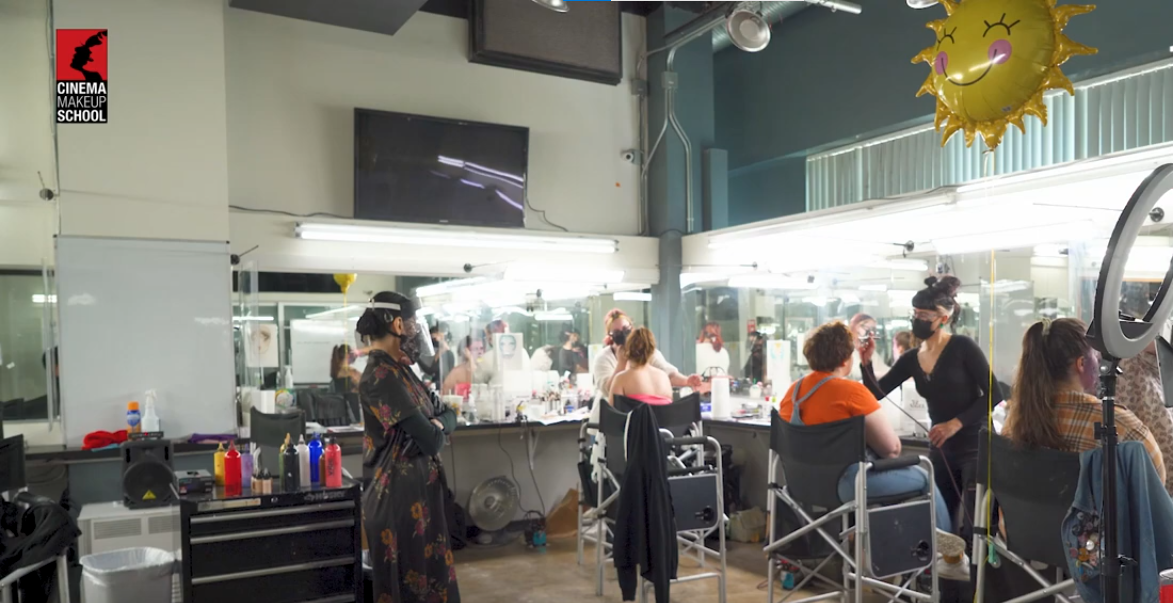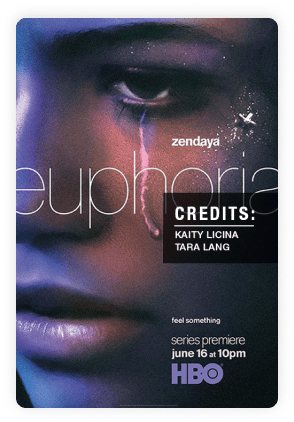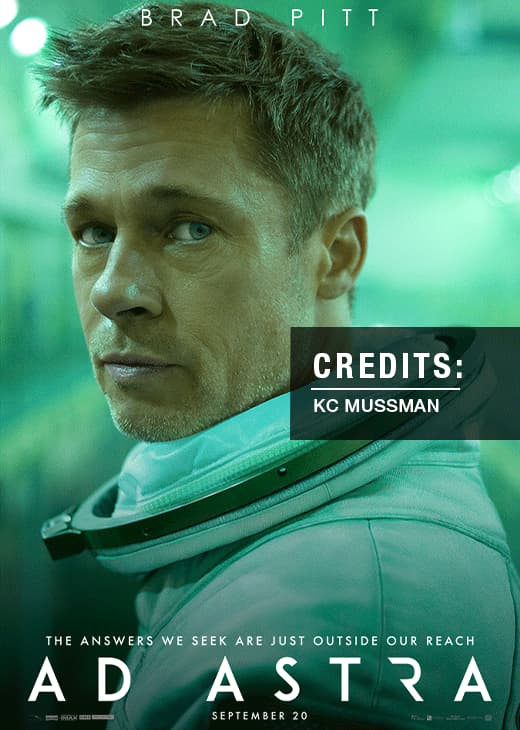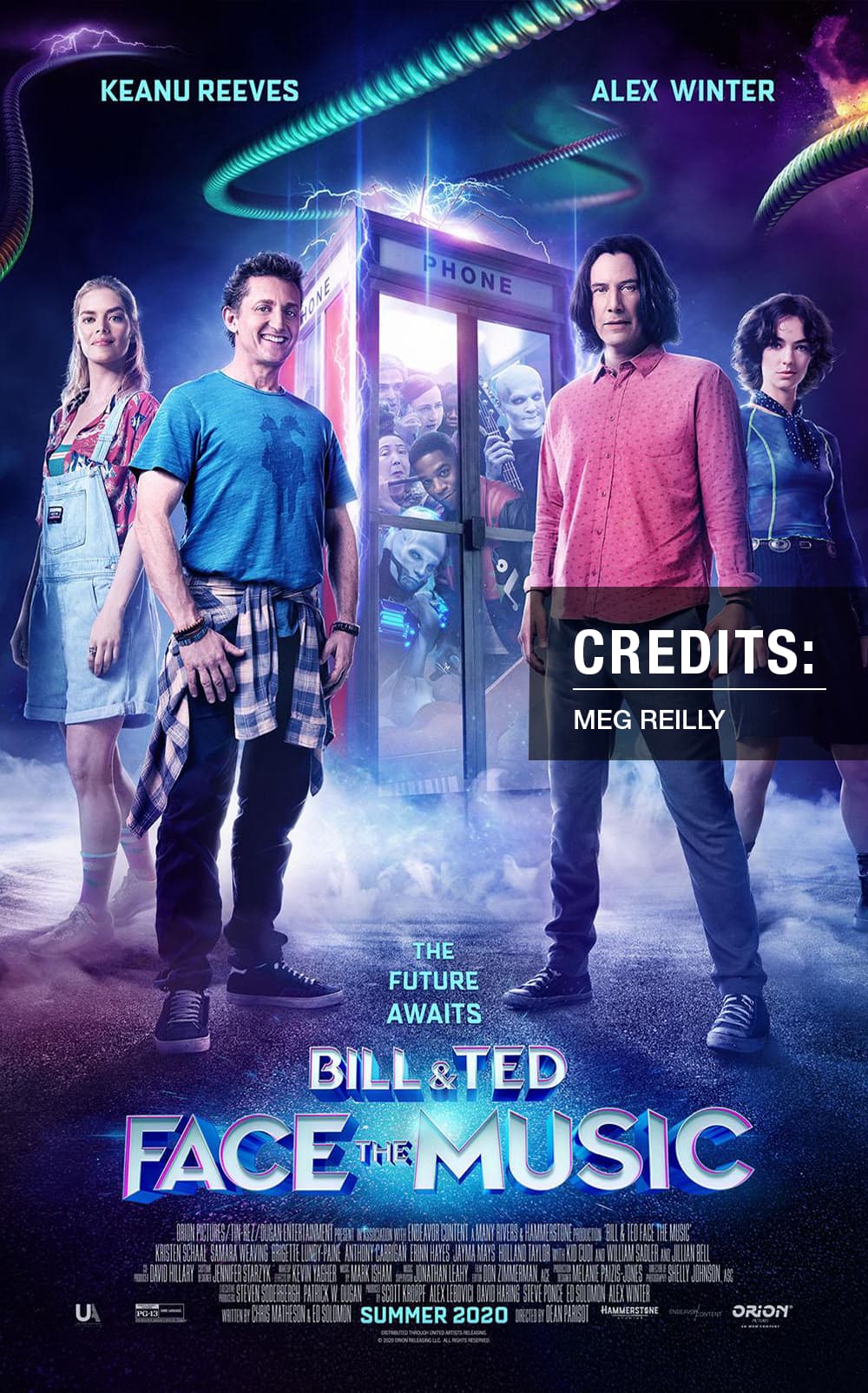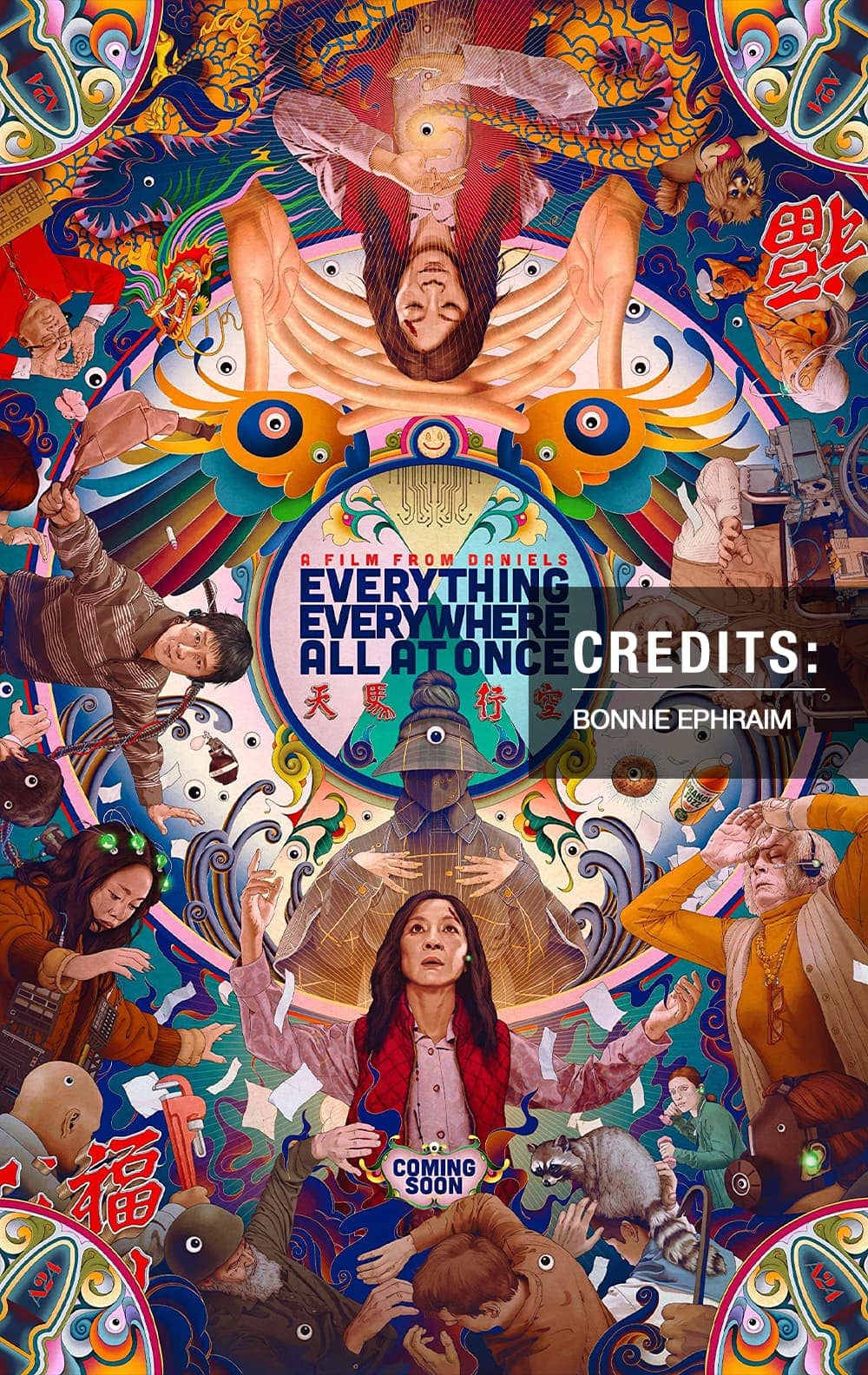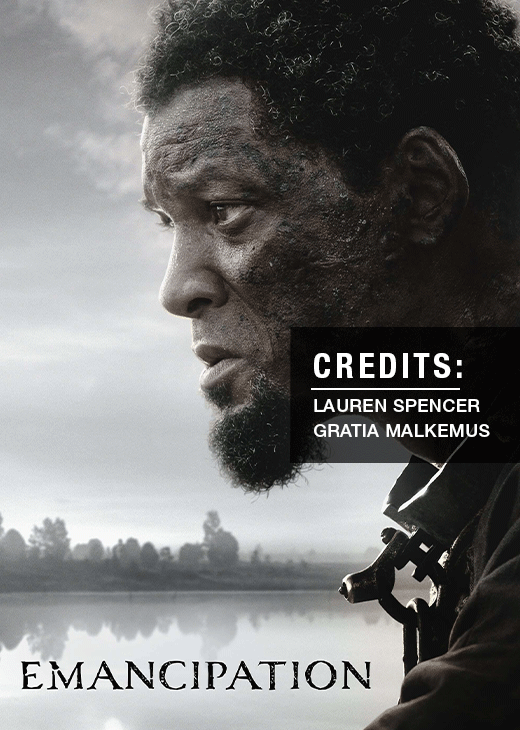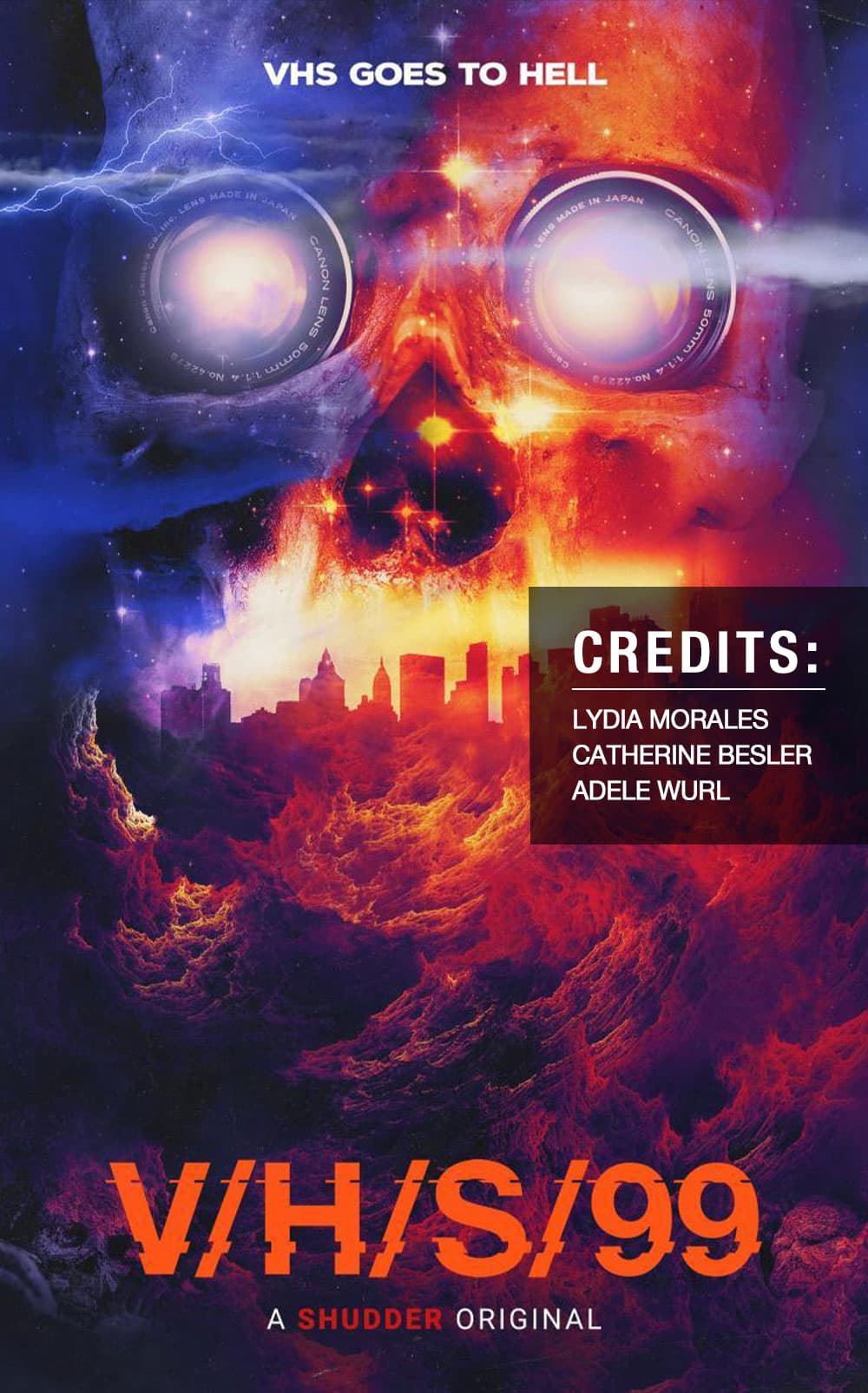Airbrush makeup has revolutionized the beauty and special effects makeup industry. With its ability to deliver flawless finishes, blend seamlessly and hold up under harsh conditions, it has become a go-to technique for professionals working in fashion, film, bridal and SFX.
But not all airbrush makeup formulas are created equal. Among the most commonly used types are water-based and alcohol-based airbrush makeup, each with its own distinct characteristics, strengths and use cases.
Whether you’re creating a glowing bridal look or crafting a rugged SFX character for film, knowing when and how to use each formulation is essential. This guide examines the differences between water-based and alcohol-based airbrush makeup, their ideal applications and key considerations when selecting between the two.
Having covered the basics of airbrush makeup, we can now explore how different formulas function within special effects.
Water-Based Airbrush Makeup
Water-based airbrush makeup is formulated using water as the main solvent, suspending pigments in a light, breathable liquid. In special effects makeup, this formula is especially useful for creating lightweight fantasy characters, face-painted creatures, or translucent alien skin textures where a softer finish is preferred over heavy opacity.
It dries down to a smooth, matte appearance and is excellent for high-definition filming, creature close-ups, or long application sessions where the actor’s comfort is key. Since it’s gentle on the skin, many SFX artists rely on it when working with performers who have sensitive or breakout-prone complexions. It’s also ideal for makeup applications on children or those with low tolerance to alcohol-based products.
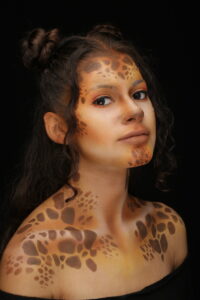
Benefits of Water-Based Airbrush Makeup for SFX
- Water-based makeup feels breathable and light, making it ideal for layering subtle textures like light veining, aging effects, or translucent skin looks.
- It creates a soft, matte finish that looks realistic on camera, especially useful for HD film and character close-ups.
- The formula is comfortable to wear for long hours, which is helpful when working on set without prosthetics.
- It can be cleaned off quickly with just water or a gentle cleanser, making it easy to switch between looks during the day.
- Since it’s free from alcohol and harsh ingredients, it’s gentle enough for frequent use on sensitive or acne-prone skin.
- The minimal scent makes it a practical choice for enclosed workspaces like trailers or makeup rooms.
Cautions:
To get the best results from water-based airbrush makeup, it’s important to understand how and where it performs best. While the formula is breathable and gentle, it may need extra support, like setting sprays or sealers, when used in high-humidity conditions or during high-energy scenes.
Learn How to Create Creature Design Using Latex, Silicone & Prosthetics?
Alcohol-Based Airbrush Makeup
Alcohol-based airbrush makeup is a staple in special effects artistry, known for its extreme durability and ability to adhere to both skin and prosthetic materials. This formula is made with isopropyl alcohol as the primary solvent, allowing pigments to bond tightly to surfaces, making it ideal for demanding environments like film sets, live performances and outdoor shoots.
It’s commonly used in SFX work to create detailed character paints, waterproof injury simulations and realistic skin discoloration. Whether you’re painting over silicone prosthetics for a creature transformation or airbrushing trauma effects for a stunt scene, alcohol-based makeup ensures the results stay intact through long hours, sweat, water and physical movement.
Once applied, the makeup dries quickly and forms a smudge-resistant finish that requires little to no touch-up. It’s especially effective when covering large surface areas or blending prosthetics seamlessly into the skin.
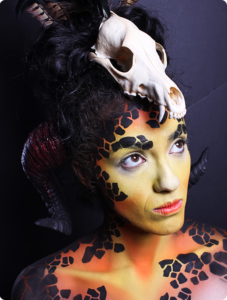
Benefits of Alcohol-Based Airbrush Makeup
- This formula is long-lasting and waterproof, holding up against sweat, water, friction and heat – ideal for high-intensity or outdoor environments.
- It adheres effectively to silicone, latex and foam latex, making it highly reliable for prosthetic work, creature makeup and FX appliances.
- The high pigment load allows for detailed layering when creating tattoos, burns, bruises, veins, or complex fantasy skin tones.
- Once it dries, the makeup is smudge- and transfer-resistant, reducing the need for touch-ups during long production days.
- It dries quickly, helping artists stay efficient and meet tight timelines on busy sets.
- The finished look is camera-ready and highly professional, delivering results that stand up to 4K filming and theatrical lighting.
Cautions to Keep in Mind:
Because of its alcohol content, this formula can be drying or irritating on sensitive skin if not prepped properly. It’s recommended to apply a barrier spray or moisturizer before use, especially around delicate areas like the face and neck. Adequate ventilation is important during application, as the scent can be strong in enclosed spaces.
Get insights on: Foam Latex vs Silicone: Choosing the Right Material for SFX Prosthetics
Quick Comparison:
| Feature | Water-Based Airbrush Makeup | Alcohol-Based Airbrush Makeup |
| Base Solvent | Water | Isopropyl Alcohol |
| Best Use in | Face painting, fantasy creatures, age makeup, light veining | Prosthetic painting, trauma FX, tattoos, body art, waterproof work |
| Durability | Medium (can be sealed for longer wear) | Very High (12–24+ hours wear) |
| Waterproof | No (unless sealed) | Yes |
| Skin Comfort | Gentle, ideal for sensitive or acne-prone skin | Can be drying; requires skin prep |
| Prosthetic Compatibility | Limited (best on bare skin or foam latex) | Excellent on silicone, latex and foam appliances |
| Removal Process | Easy (soap and water or gentle cleanser) | Requires alcohol-based or specialized removers |
| Drying Time | Moderate (buildable layers) | Fast-drying |
| Odor | Low to none | Stronger alcohol scent; needs ventilation |
| Ideal Environments | Indoor sets, short-to-mid wear, comfort-focused work | Action scenes, stunts, humid conditions, underwater shoots |
Even with solid theoretical knowledge, applying airbrush makeup correctly can be challenging, especially when you’re trying to learn it all on your own. Instead of struggling with the DIY route, why not train with industry professionals?
At Cinema Makeup School, we offer dedicated airbrush makeup training as part of our Special Effects Makeup Course. You’ll gain hands-on experience learning how to apply both water-based and alcohol-based formulas with accuracy and confidence, just like our students do every day.
Schedule a tour of our campus today and take the first step toward becoming a professional SFX artist.
Have a look at airbrush makeup looks created by our talented students:
Frequently Asked Questions
Q 1: Which type is more beginner-friendly?
Water-based makeup is generally easier to work with for beginners due to its skin-friendliness and ease of removal.
Q 2: Do I need different airbrush guns for each type?
Not necessarily, but thorough cleaning is crucial between uses. Many professionals prefer separate airbrushes to avoid residue or reaction between formulas.
Q 3. Is there a difference between single-action and dual-action airbrush guns?
Yes. Single-action airbrushes release both air and makeup with one motion – simpler for beginners. Dual-action guns allow you to control air and pigment flow separately, offering more control and precision, which is preferred by SFX artists for detailed layering.
Q 4. How do you avoid overspray or uneven texture when airbrushing?
Technique and distance matter. Keep the airbrush 4–6 inches from the surface, use light passes and work in layers. Always test spray on paper or skin-safe surfaces first to check the flow. Proper PSI settings also help maintain a fine, even mist.
